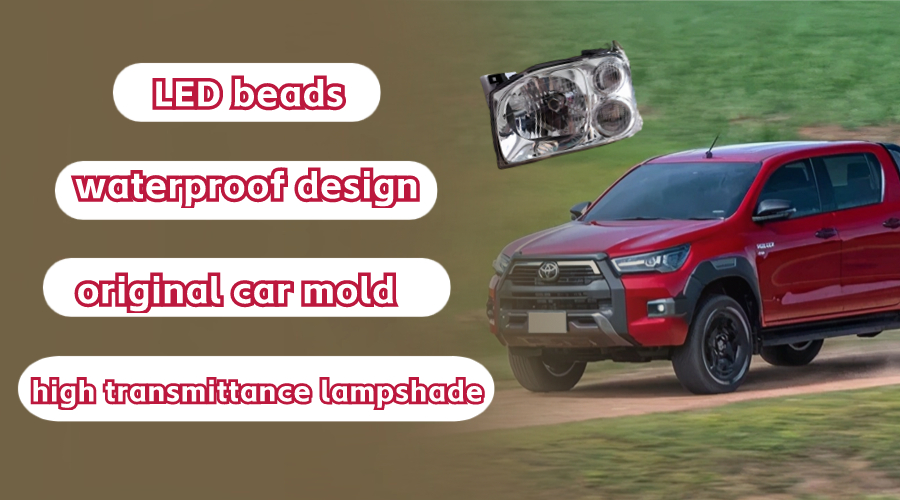The planetary extruder is a combination of a single-screw extruder and a multi-screw extruder. Its feed section corresponds to the feed section of a single-screw extruder.
The most important part of the planetary extruder is the planetary mixing section, which mainly serves to melt and mix the polymer. The section consists of a main screw, several planetary screws and a barrel with spiral teeth on the wall. The clearance between the planetary screw and the bottom surface of the barrel is 0.2-0.4mm, the number of planetary screws and the diameter of the planetary section. In proportion, it is generally 6-18. During the working process, the main screw rotates to drive the planetary screw to rotate like a planet, and the planetary screw “floats†between the main screw and the internal teeth of the barrel. Planetary spiral teeth have 45. The angle of advance, when the main screw rotates, generates an axial force, which causes the planetary screw to move forward axially. Therefore, a thrust ring must be provided at the end of the planetary segment. The continuous engagement between the main screw, the planetary screw and the helical teeth of the barrel causes the polymer to be repeatedly sheared and meshed between the tooth flanks and in the radial intervals, and is thinned into many layers, so it can be greatly increased. The heat transfer surface area keeps the polymer surface constantly updated. The polymer that is engaged by the helical teeth will reflow, forming a laminar circulation, that is, a calendering effect. Helical teeth 45. The angle of elevation ensures that the polymer flows forward, avoiding its accumulation in the planetary segments, giving the planet segment good self-cleaning properties.
The planetary segment has an important characteristic, that is, when the main screw rotates one revolution, the number of engagement of the helical teeth is quite large, which greatly enhances the above-mentioned various effects. It can be seen that the working principle of the planetary segment is similar to that of a mixer, and it has a meshing and rolling effect on the polymer. It has high dispersion and mixing performance, and can extrude a melt with a lower temperature and a more uniform distribution. Suitable for a variety of polymers, especially. Heat-sensitive polymers such as PVC or other difficult-to-process polymers can also process 100% recycled materials.
The most important part of the planetary extruder is the planetary mixing section, which mainly serves to melt and mix the polymer. The section consists of a main screw, several planetary screws and a barrel with spiral teeth on the wall. The clearance between the planetary screw and the bottom surface of the barrel is 0.2-0.4mm, the number of planetary screws and the diameter of the planetary section. In proportion, it is generally 6-18. During the working process, the main screw rotates to drive the planetary screw to rotate like a planet, and the planetary screw “floats†between the main screw and the internal teeth of the barrel. Planetary spiral teeth have 45. The angle of advance, when the main screw rotates, generates an axial force, which causes the planetary screw to move forward axially. Therefore, a thrust ring must be provided at the end of the planetary segment. The continuous engagement between the main screw, the planetary screw and the helical teeth of the barrel causes the polymer to be repeatedly sheared and meshed between the tooth flanks and in the radial intervals, and is thinned into many layers, so it can be greatly increased. The heat transfer surface area keeps the polymer surface constantly updated. The polymer that is engaged by the helical teeth will reflow, forming a laminar circulation, that is, a calendering effect. Helical teeth 45. The angle of elevation ensures that the polymer flows forward, avoiding its accumulation in the planetary segments, giving the planet segment good self-cleaning properties.
The planetary segment has an important characteristic, that is, when the main screw rotates one revolution, the number of engagement of the helical teeth is quite large, which greatly enhances the above-mentioned various effects. It can be seen that the working principle of the planetary segment is similar to that of a mixer, and it has a meshing and rolling effect on the polymer. It has high dispersion and mixing performance, and can extrude a melt with a lower temperature and a more uniform distribution. Suitable for a variety of polymers, especially. Heat-sensitive polymers such as PVC or other difficult-to-process polymers can also process 100% recycled materials.

We always prioritize quality and move forward for 6 years, focusing on the automotive parts industry. Our company has a comprehensive quality management system, and our products are sold to countries and regions such as Europe and Asia with complete and high-quality products at a reasonable price. They are highly praised and favored by domestic and foreign customers.
Hongwen Vehicle Industry mainly engages in automotive accessories such as head lights, Fog Lights, tail lights, front and rear bumpers, car grills, fan shrouds, as well as interior and exterior decorations. With six years of production experience, we focus on every detail and provide customized services for you.
The main purpose of head lights is to illuminate the road and objects in front of the vehicle, ensuring driving safety. Alternatively, alternating high and low beams can be used as night passing signals.
Do you want the head lights of Toyota Hilux, Nissan Navara? Click here to browse our head light series products.
Related Suggestions: Head Light, Bright Car Parts Headlights, Custom Auto Head Lights, Car Bright Led Headlamp, Nissan Navara Bright Head Lamps, Head Light Assembly Toyota Hilux
Head Light,Bright Car Parts Headlights,Custom Auto Head Lights,Car Bright Led Headlamp,Nissan Navara Bright Head Lamps,Head Light Assembly Toyota Hilux
Danyang Hongwen Vehicle Industry Co., Ltd. , https://www.cn-hosc.com